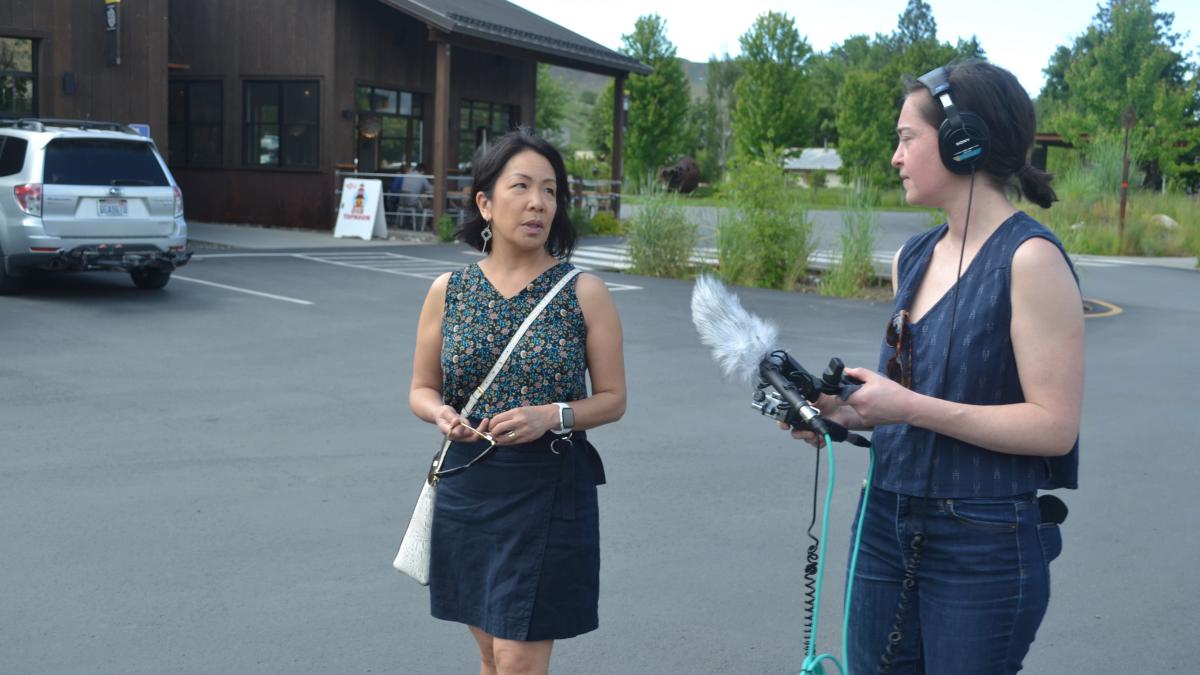Image

Structuring your communications to tell a compelling story will likely increase their impact
We all love a good story. So how can we use principles of story-telling to improve our science communications? This 16-minute training defines narrativity, explains why to use it, and provides a tool for introducing or improving it in your own work. The training ends with an opportunity to put the tool to use.
This recording is the third in a three-part science communication series sponsored by the University of Washington Interdisciplinary Center for Exposures, Diseases, Genomics & Environment and funded by NIEHS Grant P30ES007033
Material presented in the recording was adapted from "Houston, We Have A Narrative: Why Science Needs Story" and "Don't Be Such a Scientist" by Randy Olson.